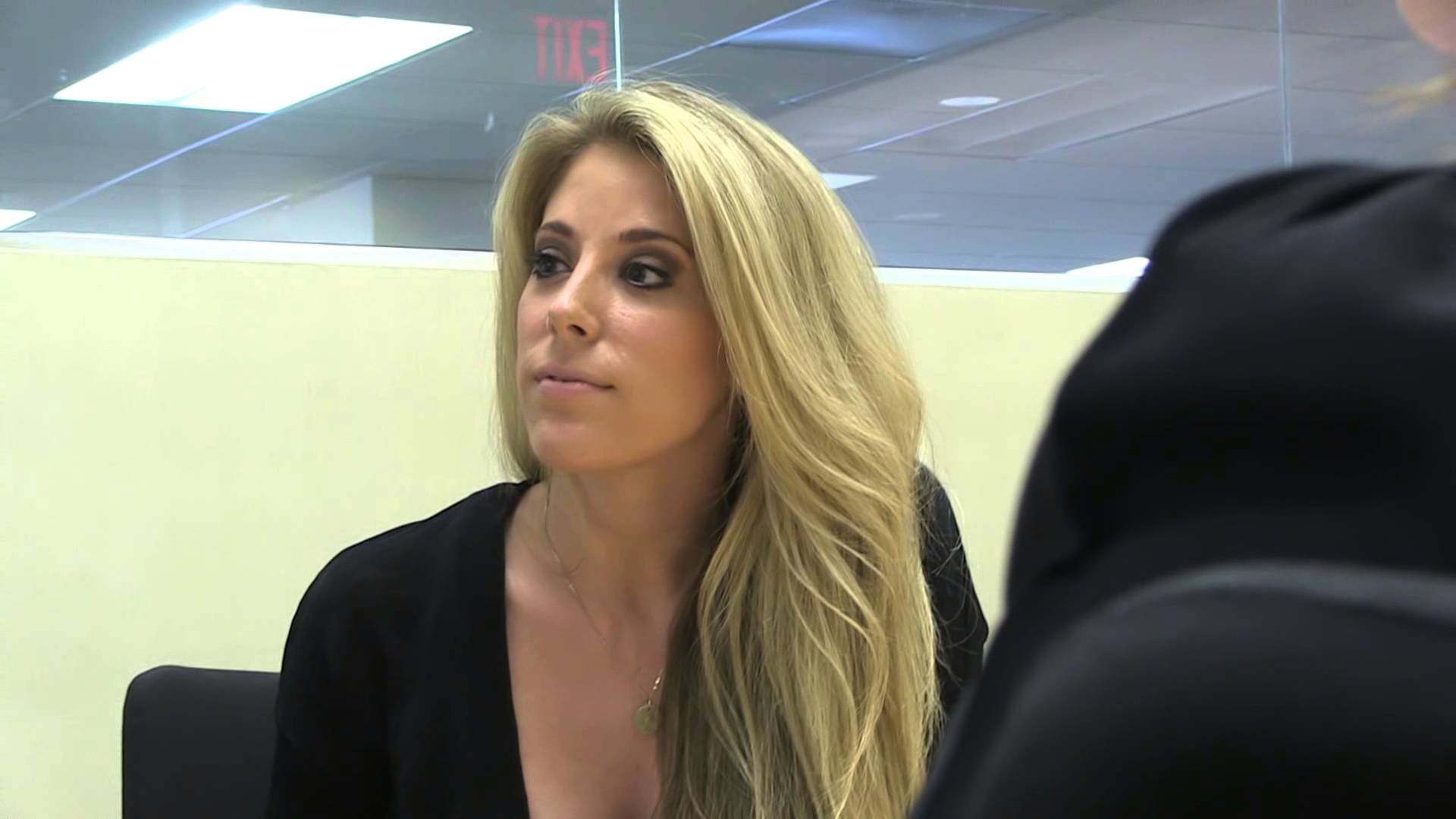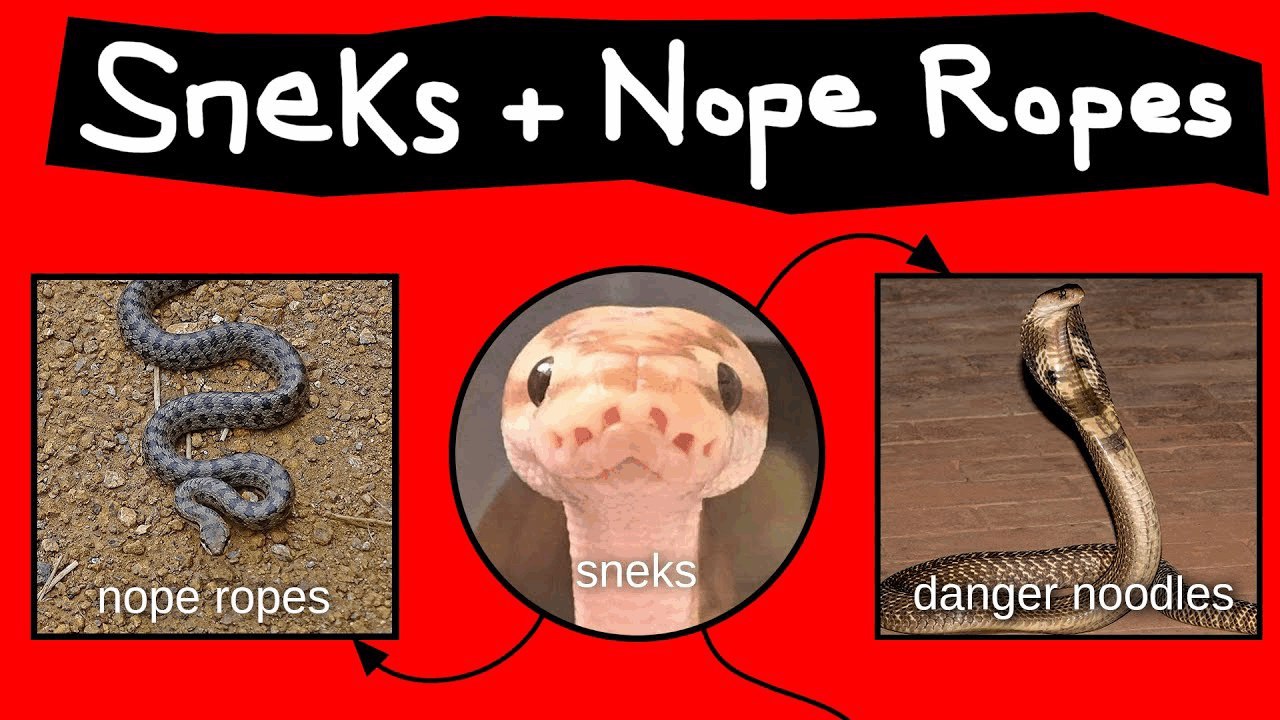Companies need many things to thrive: Visionary leadership, a compelling offering, exceptional service, and much more. But in today’s noisy marketing landscape, what your brand really needs is a story. (Well, maybe a few stories, if we’re being honest). Stories make for better marketing because they elicit emotion. They can influence who we trust, play on our nostalgia, and help us make sense of complex information. A really great story can communicate the entire character of a brand in less than three minutes, and video storytelling can be especially persuasive.
Whether it’s in a cute animation or a documentary-style video, brands are presenting powerful themes we can all rally behind and share. Even B2B brands are taking this indirect approach.
GE and Cisco don’t shill technology; instead, they showcase why they’re passionate about the overarching theme of innovation. They tell stories that make us laugh, learn, and sometimes even have us reaching for the tissues.
Read on to learn how to tell a story through video by focusing on themes, building stories around emotion, and following some key storytelling principles.
Contents1.Focus on Big-Picture Themes2.Build Video Storytelling Around Emotion3.Video Storytelling Tips3.1 Use Humor to Engage Your Audience3.2 Don’t Be Afraid to Get Creative With Video Storytelling3.3 Create Stories That Have a Beginning, Middle, and an End3.4 Show, Don’t Tell3.5 Don’t Run with the First Thing That Comes to You3.6 Tell One Story at a Time3.7 Keep Things Short and SnappyLearn From the Pros
Along with videos announcing big news and stories that are of interest to your subscribers, your video library should showcase—in an indirect or fun way—how you fit into their daily challenges.
Cvent does this really well their video, Don’t be a Meetings Dinosaur. While the content is broadly entertaining, their target audience of event managers recognize the specialized terms and scenarios presented, and thereby quickly understand exactly how Cvent can help them with specific day-to-day activities.
The lesson: Weave your target market’s everyday scenarios into your videos. Even if this means you’re making a video about the boardroom, infuse some comedy like Cvent and showcase exactly how your brand helps. Avoid being too feature or jargon-heavy. Cvent strikes the perfect balance.

Focus on Big-Picture Themes
B2B and B2C organizations are moving away from product-focused video towards telling bigger stories around overarching themes.
Think about it: Red Bull doesn’t sell you an energy drink, they sell the spirit of extreme sport, competitiveness, and rock star living.
The biggest lesson in content marketing is that the story shouldn’t be about you, but instead, what you do for others. Look beyond the basics to find the “why” behind what your organization does, and market that. If you sell solar panel software, your video message should be focused on saving the earth and the fight against climate change. If you sell telecommunications software, tell a story about connections and real people.
This is especially effective for top-of-funnel content, where inspiring messages can help attract people to your brand. Research shows that consumers perceive the same type of personality characteristics in brands as they do in other people. Make sure you know what ones you want them to associate with your brand.
Learn From the Pros
Nike’s mission statement is to “Bring inspiration and innovation to every athlete in the world.”
They took a bold step, wading into an area considered controversial by many, for an ad they broadcast during the 2018 NFL season opener.
Narrated by Colin Kaepernick—the headline-making NFL player who protested police brutality by taking a knee during the national anthem the previous season—the ad became a viral sensation.
While some people called for a boycott of the brand and burned their Nike gear, the ad served to solidify the brand’s core customer base. In aligning themselves with Kaepernick, Nike also aligned themselves with the cause, making the purchase of their gear a statement of support for Kaepernick’s cause.
It was a big picture move that paid off. Nike experienced major gains in sales revenue throughout the month the ad debuted and their stock reached an all-time high.
 Build Video Storytelling Around Emotion
Build Video Storytelling Around Emotion
One glance at the types of videos brands are releasing these days is enough to see that there’s a huge trend toward content that makes people feel. From laundry detergent to software and everything in between, brands are playing on emotions.
Today you’re not merely sold an airline ticket, you’re treated to a tear-jerking video campaign about families connecting from across the globe, friends reuniting, and 80-year-olds boarding their first-ever flight.
This story-based content is everywhere, and you can bet your bottom dollar there’s a reason it’s getting so emotional.
Learn From the Pros
Cineplex tells a surprisingly moving tale about a girl and her frosty friend in their video Lily and the Snowman. The story connects loosely to the brand’s movie theatre offering while focusing on the broader theme of spending time with loved ones.

Brands are getting emotional in their video marketing because emotions compel action, according to Psychology Today. In fact, emotional ads are almost twice as effective as those with only rational content, according to Neuromarketing.
This approach to video storytelling is called emotional marketing, which “refers to marketing and advertising efforts that primarily use emotion to make your audience notice, remember, share, and buy. Emotional marketing taps into a singular emotion, like happiness, sadness, anger, or fear, to elicit a consumer response.”
Some emotions are more effective than others for driving certain types of actions, according to HubSpot:
Happiness leads to sharingSadness leads to givingFear leads to loyaltyAnger leads to virality
When creating your videos, start off with a clear vision of the feeling you want your audience to walk away with and how your story will create the emotional undertone that will make viewers want to follow through on your call to action.
Video Storytelling Tips
A video is worth 1.8 million words, according to Forrester Research’s James McQuivey.
That’s a whole lot of room for story.
But how do you get started? Keep these video storytelling tips in mind as you begin to craft stories for your brand.
1. Use Humor to Engage Your Audience
Humor from brands can be rare—especially in the B2B space—but it can also be incredibly effective. This is often true in industries where you might expect things to be more formal. At the end of the day, you’re still talking to people: Making them laugh makes you more memorable and creates a positive association with your brand.
Learn From the Pros
Lucidchart has created a hilarious series of videos that showcase their product while also entertaining the audience.
The series, called “Lucidchart Explains the Internet,” uses their chart software to diagram memes, pop culture, and general Internet things.
 2. Don’t Be Afraid to Get Creative With Video Storytelling
2. Don’t Be Afraid to Get Creative With Video Storytelling
Start with the main message you want to convey, then think about unusual ways you could get it across. Surprise yourself with new ideas and you’ll be more likely to surprise your audience too.
Learn From the Pros
Google released their “Parisian Love” video all the way back in 2009, but it remains just as creative today.
In it, the tech company tells an entire love story by showing only Google searches set to music. It’s clever, sweet, unexpected, and surprisingly moving.
 3. Create Stories That Have a Beginning, Middle, and an End
3. Create Stories That Have a Beginning, Middle, and an End
Figure out what they are before you get started. Ideally, try to storyboard out what you think the story will look like and write a script to accompany it ahead of time. This will help you identify possible issues before you start filming.
4. Show, Don’t Tell
Use visuals and sound to convey the message you want to share through your story rather than stating it outright. Think about how angles, colors, audio, and more all work together to create a feeling.
And don’t hit people over the head with your product (unless it’s a demo video of course). If you’re creating a story video, then include your product where it fits naturally without shoehorning it in.
Learn From the Pros
The appliance makers at Blendtec created an internet sensation with their “Will It Blend?” series. Running since 2006, it all began with something the company’s CEO Tom Dickson was already doing: Blending random stuff to find the product’s fail points.
Tom explained in an interview, “George, the new marketing director, discovered some of the wacky things I was doing to my blenders, including shoving 2x2s into the jars to try to break the blender. With a $50 budget, George bought a Happy Meal, a rotisserie chicken, Coke cans, golf balls, and a few other items, and they made five videos.”
Those five videos generated 6 million views in less than a week. The series has been going ever since. The videos showcase the company’s personality while having a clear tie back to the product: It’s a quality item that can handle a lot.
AdAge has even named it the most viral ad of all time.
 5. Don’t Run with the First Thing That Comes to You
5. Don’t Run with the First Thing That Comes to You
Take time to think up lots of different possibilities and get the obvious stuff out of the way. Try holding a brainstorm where there are no bad ideas and anyone can throw out any possibility.
Worry about assessing those ideas, figuring out how they would work, and choosing one to execute on afterwards. Giving yourself and your team the freedom to be creative without restrictions will often lead to your best ideas.
6. Tell One Story at a Time
Focus in on whatever story you’re telling and don’t try to do too many things at once. In the immortal words of TV’s Ron Swanson: “Never half-ass two things. Whole-ass one thing”. Video storytelling is the most successful when follows a clear and concise storyline.
7. Keep Things Short and Snappy
Don’t fall into the trap of thinking that longer is better. Short stories can be just as compelling as long ones (plus they have a better chance of holding your viewer’s attention from beginning to end). If Vine (RIP) proved anything, it’s that you don’t need a long time to tell a story. If random teenagers can accomplish it in only six seconds, so can your brand.
Think about these storytelling tips next time you’re working on a brand video. Whether you’re storyboarding or scripting, they’re sure to provide some food for thought.
Put Your Videos to WorkCreate, host, manage, and share your videos.Sign Up Free
This post was originally published on December 3, 2018. It was updated on October 27, 2019.
The post Video Storytelling: How to Drive Connection Through Narrative appeared first on Vidyard.
Read more: vidyard.com










